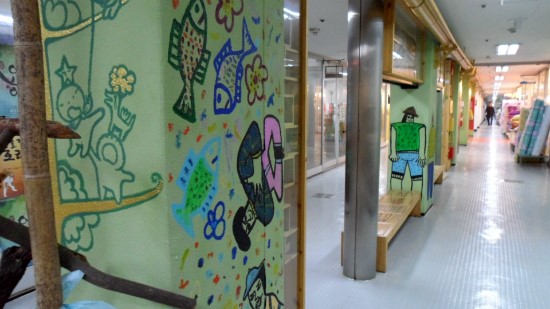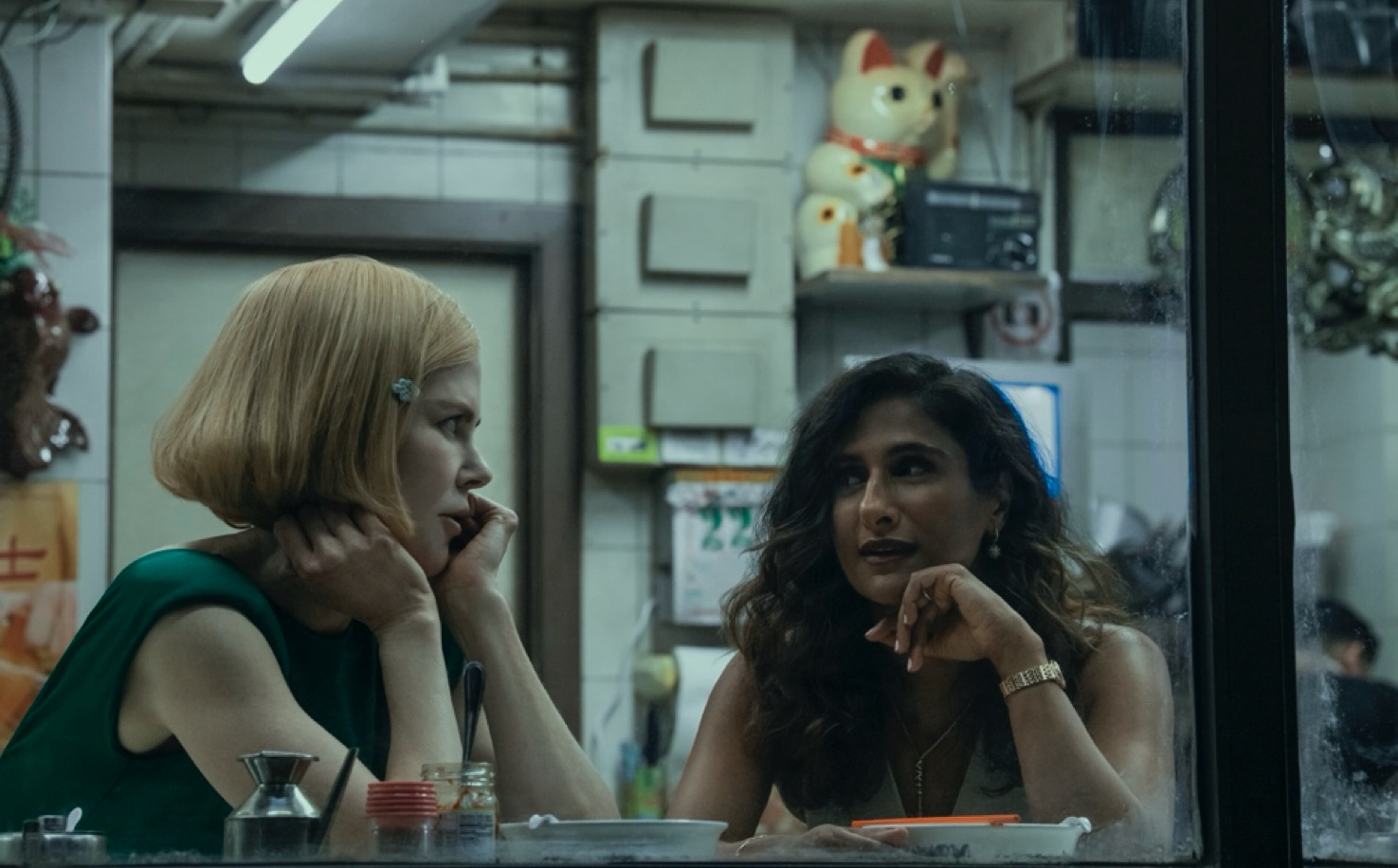by RUTH KIM
An unused factory, a vacated government building, an abandoned commercial space—all are considered eyesores for a city. But, more and more, such sites in Seoul are being replaced by “creative spaces” that that may be ushering in an artistic renaissance for the city, while also fighting urban blight.
Sindang Creative Arcade, for example, today is home to artists who do work in pottery, textiles, photography and other crafts, and have access to 41 workstations. But before this transformation, the place was described as a “dungeon” located in the underground shopping center of the Joongang Traditional Market in Sindang-dong, which had teemed with small businesses a decade ago but had long been empty.
The Sindang Creative Arcade is one of nine “creative spaces” created by the Seoul Foundation for Arts and Culture, an arm of the Seoul Metropolitan Government. Each creative space boasts a central theme that inspires the project. The Yeonhui Writer’s Village hosts writers’ rooms and a literary media lab, while the Seongbuk Art Creativity Center, built at an old community health center, focuses on healing-by-art programs.
Artist Ann Hyun-suk led the Folding Zip House project last year at the Seongbuk Center. It was a campaign with both artistic, as well as economic and humanistic value, as participants worked to transform old, donated clothes into sleeping bags for the homeless, according to the Korea Herald. The project promoted healing for everyone involved, from the citizens who donated their clothes for a good cause to the homeless who came “to realize that they are not neglected,” said the article.
Such projects represent an effort “rooted in a ‘culturenomics’ goal,” according to a statement from the Seoul foundation. The strategy is to recycle “underutilized urban facilities and resources,” while also supporting artists and benefiting Seoul citizens at large. The overarching goal: to transform Seoul into a “creative cultural city.”
Before and after photos of the underground section of the Joongang Traditional Market (via Korea Herald).
Artists can access these creative spaces by submitting an application and paying a minimal fee, while also committing to certain obligations, such as helping set up public programs, according to the Korea Herald article.
“Artists are foremost in need of a space where they can engage in artistic endeavors,” Ahn Kyung-hee, one of the artists in residence at the Sindang Creative Arcade, told the Korea Herald. And once these artists can realize their artistic aspirations in these spaces, they can foster a creative relationship with the public.
As part of the Folding Zip House Project, led by the Seongbuk Art Creativity Center, donated clothes were made into sleeping bags
for the homeless. The sleeping bags were displayed at the center’s gallery prior to their distribution. (Via Korea Herald)
Top photo via HansHostel.net









